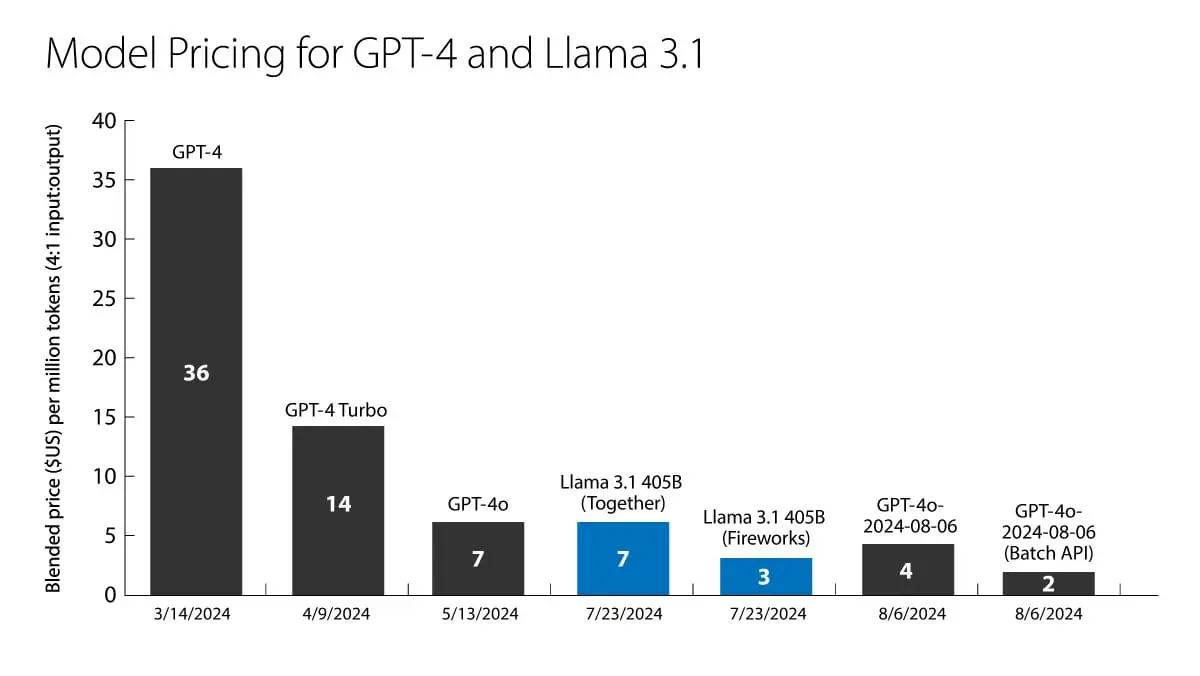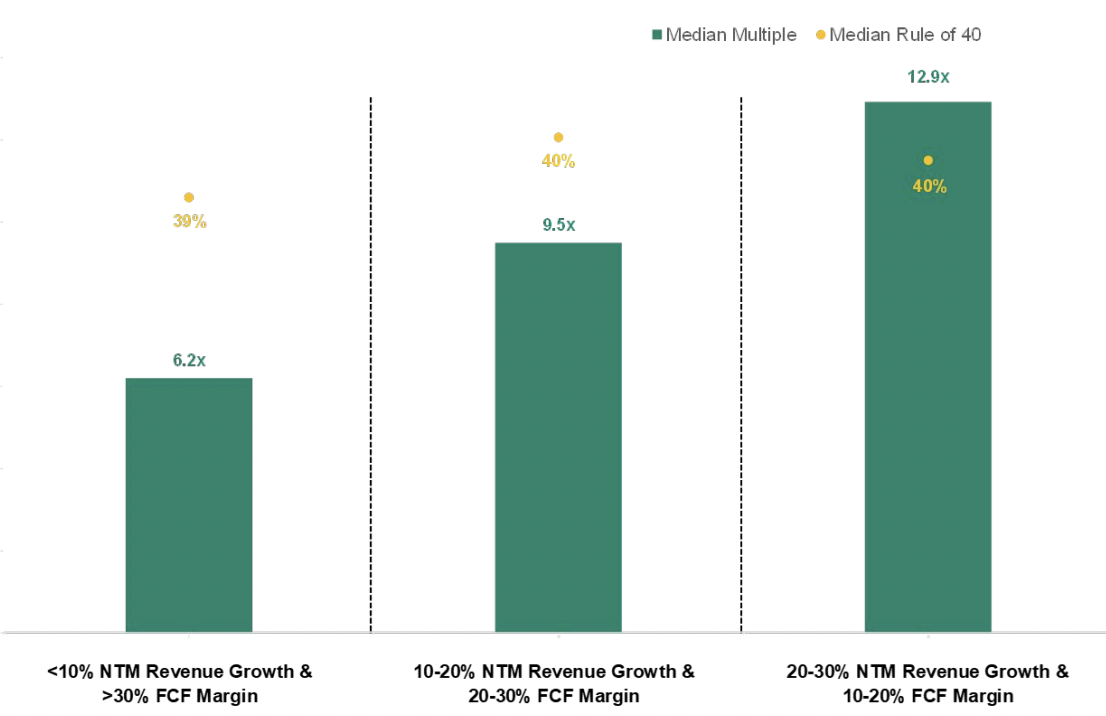Raising as an AI startup? Make your case with 3 metrics

AI startups may seem like other tech startups. But viewed through a spreadsheet they look quite different. Whereas the SaaS market is well-established and everyone knows what margins to expect, the AI industry is still just figuring that out—as the economics and expectations about that future fluctuate daily.
Every investor you talk to may look at different metrics, but we hold that these three—gross margin, retention, and engagement metrics—provide the best foundation available. Use them to prove your AI startup’s value story.
This article is based on our work helping 300+ startups and businesses raise capital and think through their strategy, pitch, and moat. We also hope it advances the conversation—write us on LinkedIn and tell us your thoughts.
1. Gross margin
Gross margin matters even more to AI startups than general tech startups, not because their margins are higher, but because they are lower. Right now, a 50-60% margin for an AI startup is defensible. Your job is to explain how you’ll navigate to higher SaaS-like margins. Here, it is helpful to actually review the definition.
Gross margin is of course your revenue after subtracting all the direct costs of making that money (cost of goods sold, or COGS), such as hosting, engineering, customer support, and the like. It doesn’t include indirect costs like your engineers’ salaries or most software.
At a SaaS company, those gross margins are high, predictable, and enduring. Meaning, gross margins are 80% for an efficient SaaS company. This is true across most SaaS companies. And whatever gross margin that startup returns when small is probably the same as it’ll return when large. Coupled with predictable revenue streams, that’s a great and reliable investment. Hence the SaaS boom.
AI companies are just like software companies, but more expensive. All the same costs, plus additional ones:
1. Compute costs
2. Data fees
3. More humans
Let’s break down what goes into each of those four costs:
Compute costs: AI companies either pay AI model providers or pay for additional data center infrastructure to run their own. This is an additional cost on top of all the traditional SaaS cost of goods sold (COGS) needed to run the company. As models improve, compute costs will likely fall. This will happen for the best models, as they find efficiencies and even cheaper older models, which will come to handle more of the less critical compute workload.

Data fees: Most AI startups must purchase third-party datasets for training models, for inference, and for enriching data. If you only train on public data using LLMs, your model isn’t as defensible and there’s less you can control about your costs.
This isn’t unique to AI startups—some SaaS companies suffer this cost too. The 3D imagery SaaS company Tensorflight must purchase third-party satellite data and the audience intelligence startup Pixis must purchase third-party market data. What gives them both a moat, however, is they have a proprietary analytic model for processing that data.
More human costs: At least right now, lots of AI startups use more people than software companies to review outputs, tag data for stronger truth sets, and execute portions of the workflow. Even companies named “Scale AI” have humans in the loop.
Beyond additional costs, customer expectations are high and there is competition. New AI applications are still competing with incumbent software and horizontally applicable AI apps like ChatGPT and Claude can often handle 80% of the same tasks at cheaper rates. Buyers know they have alternatives and are anchored on these low, general AI costs. It makes it difficult for startups to maintain and justify their prices.
Few expect AI startup costs to remain high forever. Costs are dropping as chipmakers offer stronger GPUs and engineers load-balance between expensive models and less expensive ones for lower-risk functions. Models may also grow commoditized with competition.
But nobody knows for sure. Which is why a good gross margin now can help get investors excited about the potential later. Unlike in SaaS, AI gross margins can change, and the present margin is not the terminal margin. If yours is higher than they expect, that speaks to its potential.
How to improve AI gross margins
Reduce your data fees by caching frequently used datasets, signing longer-term contracts (rather than usage-based), setting data usage limits for your cheap or free products, and using cheaper models for less complex tasks. That said, delivering a high-quality service with exceptional product-market fit is probably more important than cost right now. Hire those extra “humans in the loop” today on the assumption that AI will eliminate those costs tomorrow; you have to assume that because if it doesn’t happen, there’s no path to sustainable growth. (Unless that human contribution adds so much value, that’s part of your differentiation and more than offsets itself, which is also possible.)
2. Rule of X
Should you chase growth or free cash flow? To know, it’s actually useful to revisit the world many of your investors are emerging from.
There once was an ideal measure of public SaaS company efficiency called the “Rule of 40” which stated that a company’s annual growth rate and free cash flow margin added together should equal “40.” Companies could invest in growth or pursue cash flow. Theoretically, both would be rewarded equally by the market. It has, however, been entirely disproven and stated as such by Bessemer Venture Partners and Meritech. Studies now show growth is really at least twice as valuable as cash.
So to the question: Growth or cash? Consider the metric that replaced the Rule of 40—the Rule of X. Same equation, but it now increases the growth rate by a multiple.
The Rule of X = (Growth Rate x Multiplier*) + FCF margin
The Rule of X encourages growth more than it does efficiency. The zero interest rate period of the early 2020s led to low-cost capital, meaning startups had plenty of cash and invested in growth with little regard to efficiency. The higher interest rate environment of 2023-2024 reversed that mindset, where investors rewarded startups for efficiency and profitability. We anticipate interest rates will fall—not back to zero, but lower—and investors will begin doing more deals and be focused on growth again.
The expectation for SaaS companies was to triple revenue two years in a row, then double it each year for three more years (abbreviated as “TTDDD”). Expectations for AI startups will be more extreme, and public market data shows that higher growth rates yield higher multiples and thus higher valuations.

Even with this renewed enthusiasm toward growth, strike a balance. Do not return to growth at all costs. Growth is important since there are first-mover advantages in several winner-take-all markets—consider the recruiting AI startup Mercor’s advantage in HR. But models, investor sentiment, and the market will continue to change so that growth should be sustainable. Invest in customer acquisition, but ensure those customers have healthy unit economics and don’t break the normal lifetime value (LTV) cost of acquisition (CAC) ratio.
3. Usage Metrics
Growth can be short-lived if the AI startup can’t also prove that it has tapped into real demand and can convert a significant amount of that interest into recurring revenue. This is especially true as belts tighten across the country, at home and in business.
Consider a basket of usage metrics together.
Net dollar retention (NDR)
Net dollar retention was historically one of the most crucial metrics for SaaS companies. It measures the revenue that you retain, month over month, year over year, which is a measure of customer satisfaction and pricing power. NDR remains important for AI startups. But there are even earlier indicators of retention and product-market fit: upstream engagement metrics.
Daily active users (DAU) and monthly active users (MAU)
Who’s actually in there? Active users offers insight into the app's popularity and the behaviors of its users. You can calculate the stickiness rate—(DAU/MAU) * 100—to show investors how frequently people return to your product.
Benchmarks vary greatly by industry: A social media company may exceed 50% while B2B SaaS may be closer to 20%. More important than the absolute value is that this KPI improves over time for customers and cohorts.
Session duration and frequency
These indicate that users are interacting with more complex features or tasks that require deeper engagement and returning to use the platform repeatedly. Customers who engage with your product with increasing frequency early in their journey are more likely to fully adopt.
Success rate
If users start tasks but don’t finish them, it may indicate that the AI model isn’t providing useful or accurate results, or that users face friction in completing tasks. For example, a bot resolving a customer query. Ninety-percent is best in class.
Time to value
This is the time it takes for an average customer to engage with your product in a way that realizes its full potential. This can include onboarding, integrating, and training. Benefits of trust and adoption, faster ROI (critically important in evaluation periods or trials), and indicators that customers will perceive sustained value.
Together, retention and engagement metrics suggest you are approaching or have product-market fit, which is critical for the success of all startups, not just AI. But they are especially important for AI because users have such high expectations of these products.
Making your case
Making a compelling case to investors means demonstrating a clear path to strong gross margins, sustainable growth under the Rule of X, and engagement metrics that demonstrate product-market fit. Investors are looking for founders who understand not only where AI is today but also where it’s headed and how they can build a defensible position in a rapidly shifting market. The most successful AI startups don’t just raise capital; they use it strategically to sharpen their moat, refine their business model, and position themselves as long-term winners in the space.
Have questions about making a case for AI funding? Want help with that strategy and pitch deck? Reach out to our CFO services team and your authors at info@pilot.com.



.png)
.png)
